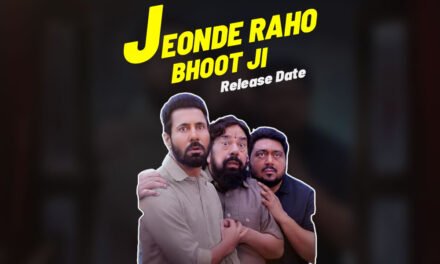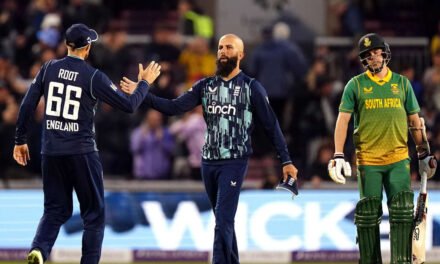Light versus dark. Hero versus villain. Good versus evil. Sound familiar? It should — it’s perhaps the most basic motif, where nearly all stories begin, from religions to myths, fairy tales to blockbusters. So what Netflix’s “The School for Good and Evil” attempts — to draw from and pervert cookie-cutter hero and villain stories in a novel way — is a task so monumental that it can’t measure up. The film, adapted from the young adult book series by Soman Chainani and directed by Paul Feig, is a mess of contradictions: a muddle of clichés and inconsistencies with just enough charm and cleverness to keep you watching.
Talking about the story line, Two best friends, Sophie (Sophia Anne Caruso) and Agatha (Sofia Wylie), are the adolescent outcasts of a quaint Arthurian-style town named Gavaldon: Sophie dreams of a glamorous life as a princess and Agatha seems to channel Sabrina the teenage witch. When Sophie makes a desperate wish to escape her provincial surroundings, she and Agatha are transported to a school for storybook heroes and villains. The problem is that they’re sorted into opposite houses: Despite her fantasies of ball gowns and princes, Sophie is cast in the gloomy halls of the evildoers, and Agatha, with her witchy name and affinity for black clothes, is stuck in the cotton-candy-pink halls of the princesses.
In many ways “The School for Good and Evil” is cringe-worthy: cheesy special effects; blatant telegraphing of plot points; crude world-building and scant character development; cloyingly oversaturated, superficially glossy cinematography and precious direction; ridiculous action (fireballs kicked like soccer balls, weaponized hot chocolate), set to a soundtrack of teenage-girl angst (Billie Eilish, Olivia Rodrigo).





